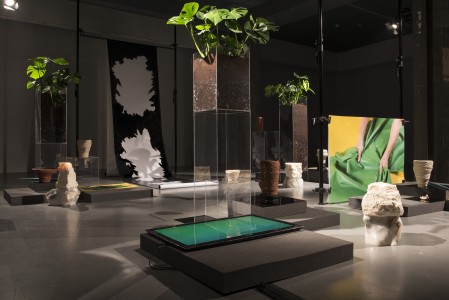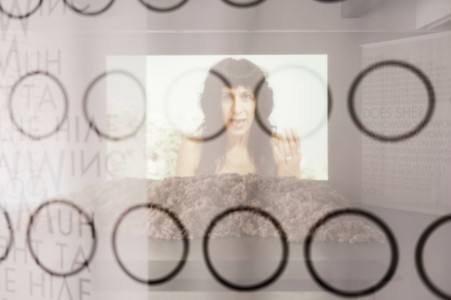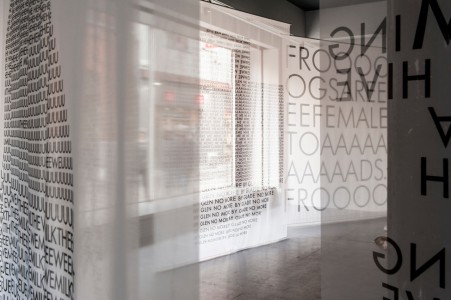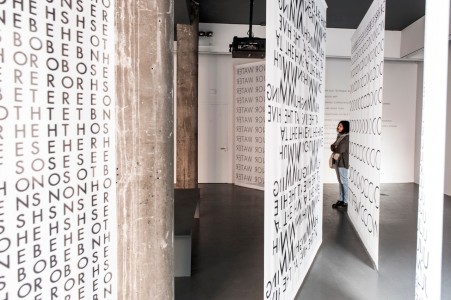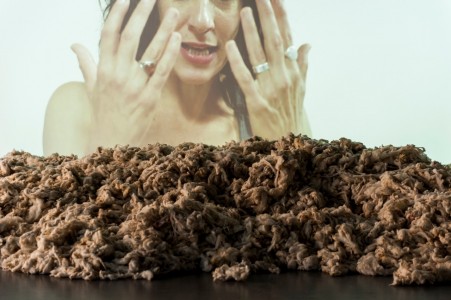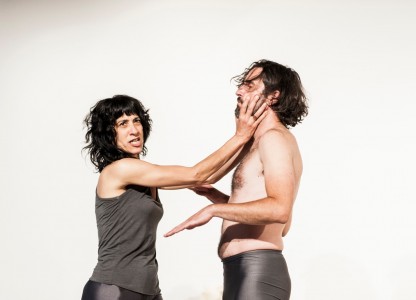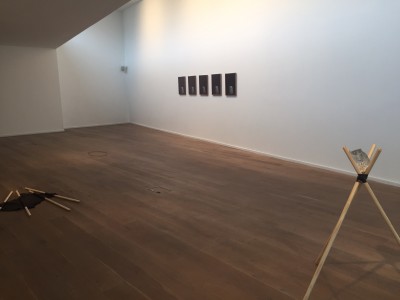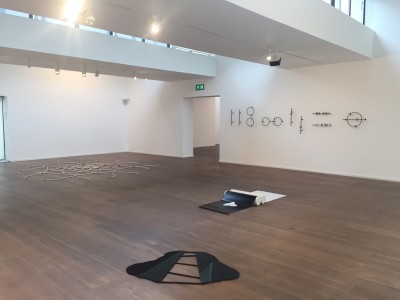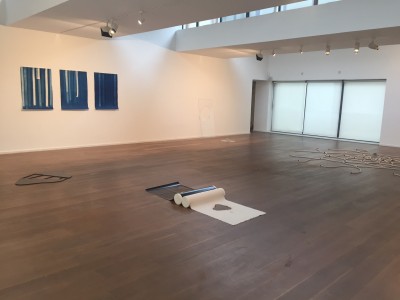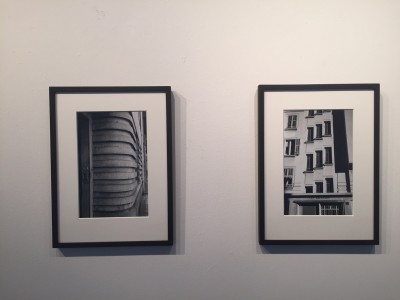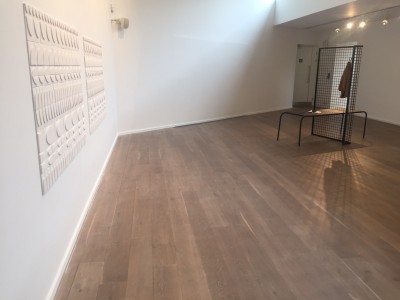Temple Bar Gallery + Studios
November 17, 2016 – January, 27, 2017
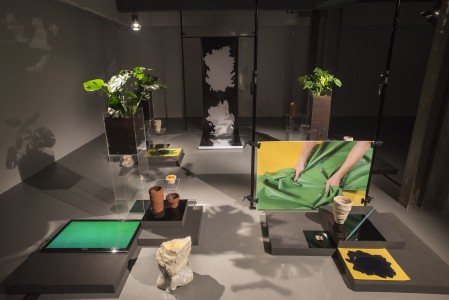
acrylic Perspex, air, ash, auto-poles, bark, beech, blue alabaster, bottled water, cedarwood oil, clamps, cotton candle wick, cypress oil, digital images, earthenware clay, electric light, electrical cords, elm, Fuji crystal archive photographic paper, glaze, heat lamps, Ilford resin-coated photographic paper, Irish sea water, LED television, ‘live surface’ patinated bronze, Monstera deliciosa, polyurethane foam, rapeseed oil, rock salt, sandalwood oil, soil, soya wax, spikenard oil, terracotta clay, tripods, vetiver oil.
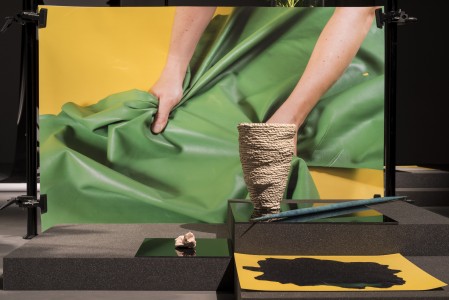
This is a list of the materials present in Exquisite tempo sector. The exhibition is an omnivorous selection of things acting together to call to mind a film set, a photographic shoot, retail and museum displays and other stagings of stuff in the world. These items are arranged with attention to, though not always respecting museological conventions that make visible the hierarchies of value in material culture.
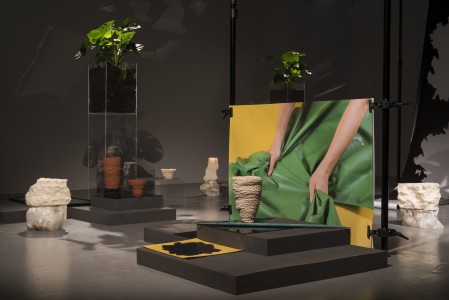
The force of time is central to this exhibition; the influence of human, material, geological and ecological duration is present throughout. Candle sculptures flicker and ooze and seawater and other liquids evaporate silently. The stems of Monstera deliciosa, the quintessential house-plant, gradually unfurl to reveal tender, pale green leaves that gradually become darker and tougher. These plants count out their own metronomic beat, an inbuilt and primordial rhythm dictated by the influence of light, heat and moisture. Some materials are known only by their absence, present as chemical apparitions in a photogram, characterized as versions of themselves in photographic C-type prints or digitally on an LED screen.
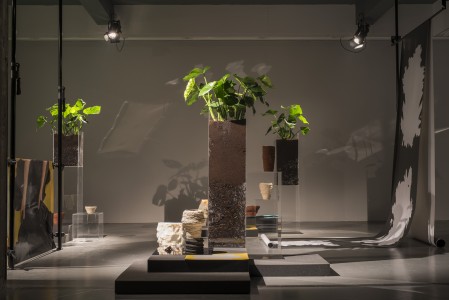
At times, this display invites a relaxation into the seduction of viewing, an immersion in affect. It is felt in the warm glow of candlelight, in the scent of woody, earthy essential oils, the quasi-healing power of salt lamps and the rustic, matte surfaces of hand-built ceramics. A refusal to this way of being with artworks is provided by the reflective surfaces of clear acrylic plinths and offered by the slick surfaces of high-gloss photographs. The presence of tripods and other ancillary photographic apparatus in the display insist on an awareness of the act of viewing and being with things, and the durational nature of an artistic exhibition.
This exhibition is about the exposure of artworks and matter; to light, viewing, time, human activity and to each other. It is a reflection on the life span of things, and what remains when they seem to be gone.
